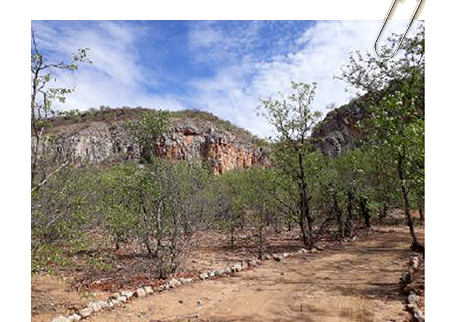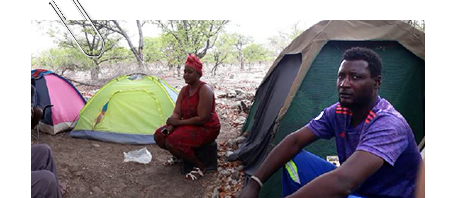Tourism development in the wider Northern Kunene Highlands
Kunene region is one of the under-developed regions compared in the country. This is due to the mountainous inaccessible geography and the arid landscape that significantly hinders agriculture.
Many conservancies in the northern highlands of the Kunene Region have received no tourism investment and benefits since they were gazetted – some as far back as the early 2000s. Furthermore, most of these conservancies enjoy very little income from trophy hunting due to the drought and, unlike Zambezi Region, they do not have many high earning trophy species. Poverty thus continues to prevail in the highlands and has reached crisis point because of the prevailing drought.
To spark off tourism potential and provide employment and other benefits to the northern highlands conservancies the United States Agency for International Development (USAID), funded the Kunene Northern Highlands Tourism Project. It is was implemented in close co-operation with the communal conservanciesand WWF in Namibia. Starting in 2018, the project has aimed at developing tourism infrastructures along the many sites of attraction Kunene has to offer. This includes developing tourist routes which are currently less travelled by tourists in the region and developing tourism income streams for local rural communities while strengthening wildlife protection across conservancies.
During a Drought Relief Working for Cash initiative (co-financed by USAID and the Namibian Chamber of Environment), activities were focused on the “forgotten valley” of the Sinkhole Cluster of Kunene Conservancies which is part of the Kunene highland. The reason for this focus is that this valley arguably contains the highest concentration of hidden tourism jewels in the region – and accordingly several tourism operators have recently requested IRDNC to guide them on visits to these attractions.
The following work were completed to improve the tourism prospects for the highlands:
- Access roads to lodge/camp/picnic sites, Snake Gorge, and spring at tufa cliff
- Cleared picnic and camp sites
- View from possible hide site
- Hiking trails
- Track from village to canyon entrance (Okongutira Canyon)
- Cleared camp site in mopane grove
- Track from C43 to lodge site (Otjikarari camp site and Otutura lodge site)
- Private camp sites between boulders
- Track linking Okozonguihe camp site with Otjondeka Elephant Spring
- Cleared Okazonguihe camp site

- Cleared road to access the campsite

- Cleared campsite at Okozonguihe



